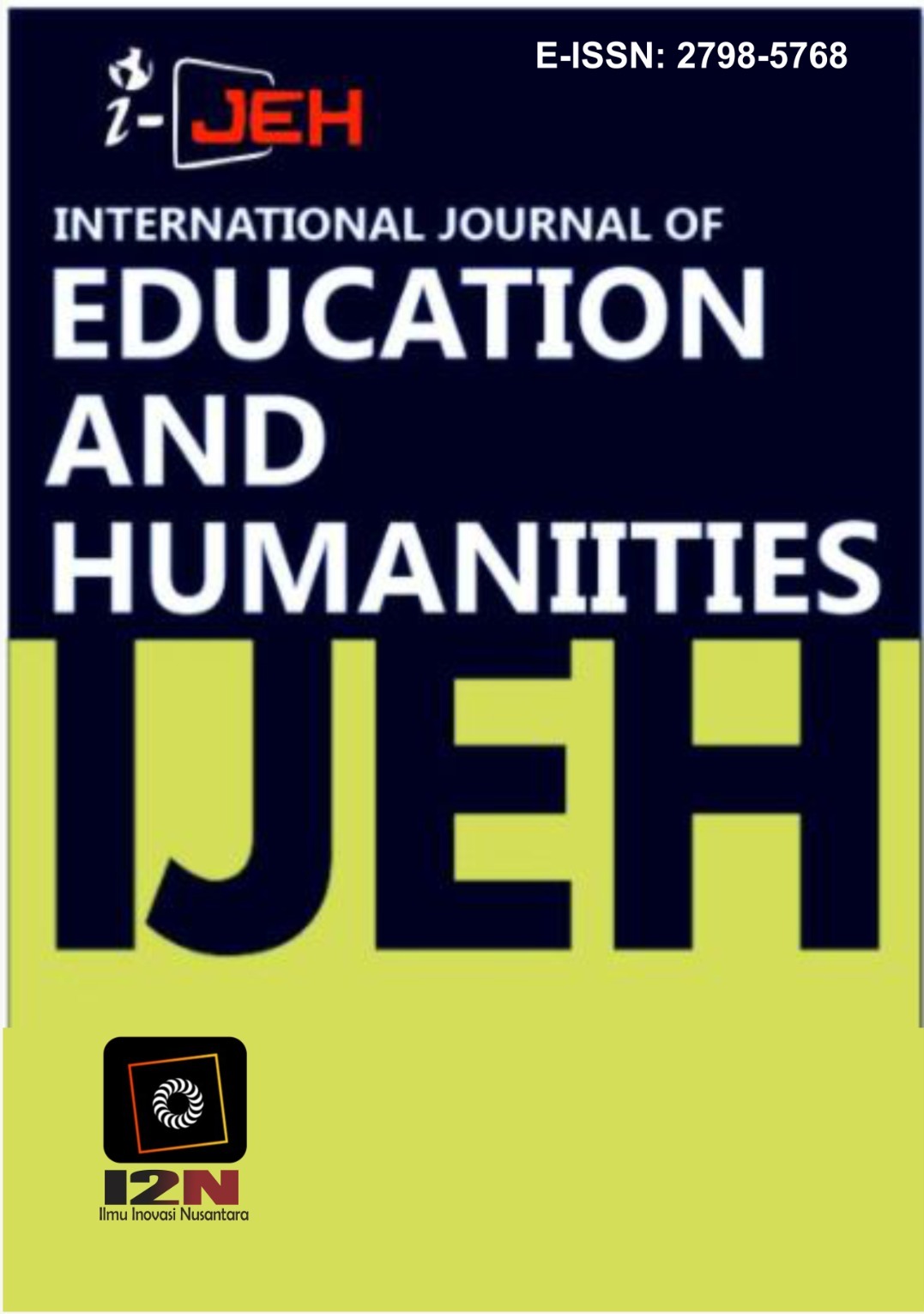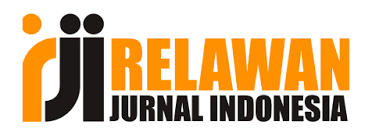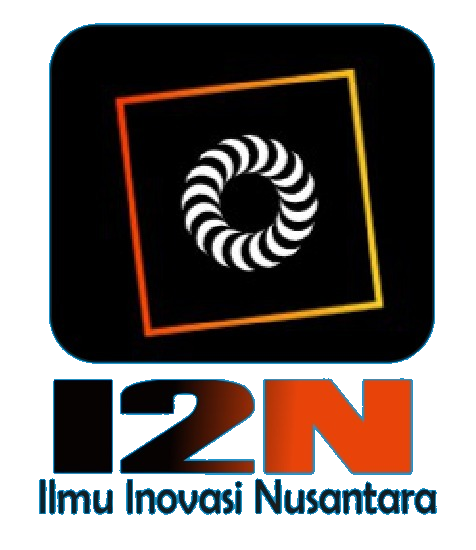Evaluation Model and Empirical Analysis of the Graduate Mentor-Student Relationships from the Perspective of Academic Norms
DOI:
https://doi.org/10.58557/(ijeh).v5i4.378Keywords:
Academic norms; Graduate mentor-student relationships; Evaluation index system; Empirical analysis; Higher educationAbstract
The rising incidence of academic misconduct has led to a heightened emphasis on academic norms. Consequently, the graduate mentor-student relationship, when viewed through the lens of academic norms, has emerged as a pivotal research topic in educational studies. This paper presents a logical association analysis between academic norms and the mentor-student relationship. It delineates the mentor-student dynamic into four distinct categories based on two core dimensions: academic cultivation and moral cultivation. An evaluative model and a range of indicator weights related to the mentor-student relationship from an academic norm perspective are established. This involves 15 level 2 indicators and 51 level 3 indicators, selected from 5 domains: quality of academic guidance, academic integrity cultivation, academic exchange and interaction, output of academic achievements, and students' academic growth. Empirical analysis is executed using data sourced from scholars' assignments and scores derived from the Likert five-point scale. The findings reveal that the weights assigned to academic integrity cultivation and quality of academic guidance, within the evaluation system for the mentor-student relationship, surpass 25%, indicating their significant influence. Notably, the "academic guidance-moral guidance" type of mentor-student relationship exhibits the highest degree of similarity to the reference sequence (the ideal mentor-student relationship).
References
Austin, A. E. (2002). Preparing the next generation of faculty: Graduate school as socialization to the academic career. The journal of higher education, 73(1), 94–122. https://doi.org/10.1353/jhe.2002.0001.
Azeem, M., Gondal, M., Abida, K., Naz, F., Hussain, A., & Munira, A. (2009). Defining the standards for higher education. The International Journal of Learning: Annual Review, 16, 233–248. https://doi.org/10.18848/1447-9494/CGP/v16i04/46244.
Braxton, J. M. (2010). Norms and the work of colleges and universities: Introduction to the special issue—norms in academia. The Journal of Higher Education, 81(3), 243–250. https://doi.org/10.1353/jhe.0.0097.
Castañeda-Miranda, V. H., Luque-Vega, L. F., Lopez-Neri, E., Nava-Pintor, J. A., Guerrero-Osuna, H. A., & Ornelas-Vargas, G. (2021). Two-dimensional cartesian coordinate system educational toolkit: 2D-CACSET. Sensors, 21(18), 6304. https://doi.org/10.3390/s21186304.
Chukwu, A. S., & Walker, K. D. (2023). Towards a deeper understanding of the graduate student and faculty-advisor relationship. Journal of Contemporary Issues in Education. https://doi.org/10.20355/jcie29505.
Cotten, S. R., & Wilson, B. (2006). Student–faculty interactions: Dynamics and determinants. Higher education, 51, 487–519. https://doi.org/10.1007/s10734-004-1705-4.
Dill, D. D., & Beerkens, M. (2013). Designing the framework conditions for assuring academic standards: Lessons learned about professional, market, and government regulation of academic quality. Higher Education, 65, 341–357. https://doi.org/10.1007/s10734-012-9548-x.
Gershenson, S., Holt, S. B., & Papageorge, N. W. (2016). Who believes in me? The effect of student–teacher demographic match on teacher expectations. Economics of education review, 52, 209–224. https://doi.org/10.2139/ssrn.2655151.
Irvine, J. J. (1986). Teacher–student interactions: Effects of student race, sex, and grade level. Journal of Educational Psychology, 78(1), 14. https://doi.org/10.1037/0022-0663.78.1.14.
Jarvis, P. (1984). The educational role of the supervisor in the tutorial relationship. Nurse Education Today, 3(6), 126–129. https://doi.org/10.1016/S0260-6917(84)80106-9.
Johnson, D. R., Scheitle, C. P., Juvera, A., Miller, R., & Rivera, V. (2020). A social exchange perspective on outside of class interactions between underrepresented students and faculty. Innovative Higher Education, 45, 489–507. https://doi.org/10.1007/s10755-020-09518-6.
Johnson, J. (1991). Habermas on strategic and communicative action. Political theory, 19(2), 181–201. http://www.jstor.org/stable/191661.
Li, R., Hu, Y., Wang, X., Zhang, B., & Chen, H. (2024). Estimating the impacts of a new power system on electricity prices under dual carbon targets. Journal of Cleaner Production, 438, 140583. https://doi.org/10.1016/j.jclepro.2024.140583
McCambridge, L. (2021). What counts as ‘good’academic writing? The interplay of writing norms in international higher education. Academic Literacy Development: Perspectives on Multilingual Scholars’ Approaches to Writing, 59–77. https://doi.org/10.1007/978-3-030-62877-2_4.
Moulding, L. R., Stewart, P. W., & Dunmeyer, M. L. (2014). Pre-service teachers’ sense of efficacy: Relationship to academic ability, student teaching placement characteristics, and mentor support. Teaching and teacher education, 41, 60–66. https://doi.org/10.1016/j.tate.2014.03.007.
Nurmi, J.-E. (2012). Students’ characteristics and teacher–child relationships in instruction: A meta-analysis. Educational research review, 7(3), 177–197. https://doi.org/10.1016/J.EDUREV.2012.03.001.
Overall, N. C., Deane, K. L., & Peterson, E. R. (2011). Promoting doctoral students’ research self-efficacy: Combining academic guidance with autonomy support. Higher Education Research & Development, 30(6), 791–805. https://doi.org/10.1080/07294360.2010.535508.
Peng, G. (2024). The dilemma and solution of academic ethics construction for graduate students under the three states of consciousness view. Philosophy and Social Science, 1, 52–56. https://doi.org/10.62381/P243509
Podvezko, V. (2009). Application of AHP technique. Journal of Business Economics and Management - J BUS ECON MANAG, 10, 181–189. https://doi.org/10.3846/1611-1699.2009.10.181-189.
Rola Ajjawi, M. B., & Boud, D. (2021). Performing standards: A critical perspective on the contemporary use of standards in assessment. Teaching in Higher Education, 26(5), 728–741. https://doi.org/10.1080/13562517.2019.1678579.
Rose, G. L. (2005). Group differences in graduate students’ cconcepts of the ideal mentor. Research in Higher Education, 46, 53–80. https://doi.org/10.1007/s11162-004-6289-4.
Saidi, M., & Talebi, S. (2021). Genre analysis of research article abstracts in English for academic purposes journals: Exploring the possible variations across the venues of research. Education Research International, 2021, 1–5. https://doi.org/10.1155/2021/3578179.
Sharmini, S., & Kumar, V. (2018). Examiners’ commentary on thesis with publications. Innovations in Education and Teaching International, 55(6), 672–682. https://doi.org/10.1080/14703297.2017.1294491.
Sharp, K. (2017). The distinction between academic standards and quality: Implications for transnational higher education. Quality in Higher Education, 23, 1–15. https://doi.org/10.1080/13538322.2017.1356615.
Shutaleva, A., Martyushev, N., Nikonova, Z., Savchenko, I., Kukartsev, V., Tynchenko, V., & Tynchenko, Y. (2023). Sustainability of inclusive education in schools and higher education: Teachers and students with special educational needs. Sustainability, 15(4), 3011. https://doi.org/10.3390/su15043011.
Stes, A., De Maeyer, S., Gijbels, D., & Van Petegem, P. (2012). Instructional development for teachers in higher education: Effects on students’ learning outcomes. Teaching in Higher Education, 17(3), 295–308. https://doi.org/10.1080/13562517.2011.611872.
Toklu, H., & Fuller, J. (2017). Mentor-mentee relationship: A win-win contract in graduate medical education. Cureus, 9. https://doi.org/10.7759/cureus.1908.
Xue, E., & Li, J. (2022). Cultivating high-level innovative talents by integration of science and education in China: A strategic policy perspective. Educational Philosophy and Theory, 54(9), 1419–1430. https://doi.org/10.1080/00131857.2021.1918545.
Yang, L., & Valentín-Rivera, L. (2023). Developing writing competence in L2 Chinese classrooms: Research and application. Channel View Publications.
Downloads
Published
How to Cite
Issue
Section
License
Copyright (c) 2025 Chuan Zhang, Bo Zhang, Zheng Zhao

This work is licensed under a Creative Commons Attribution-ShareAlike 4.0 International License.














